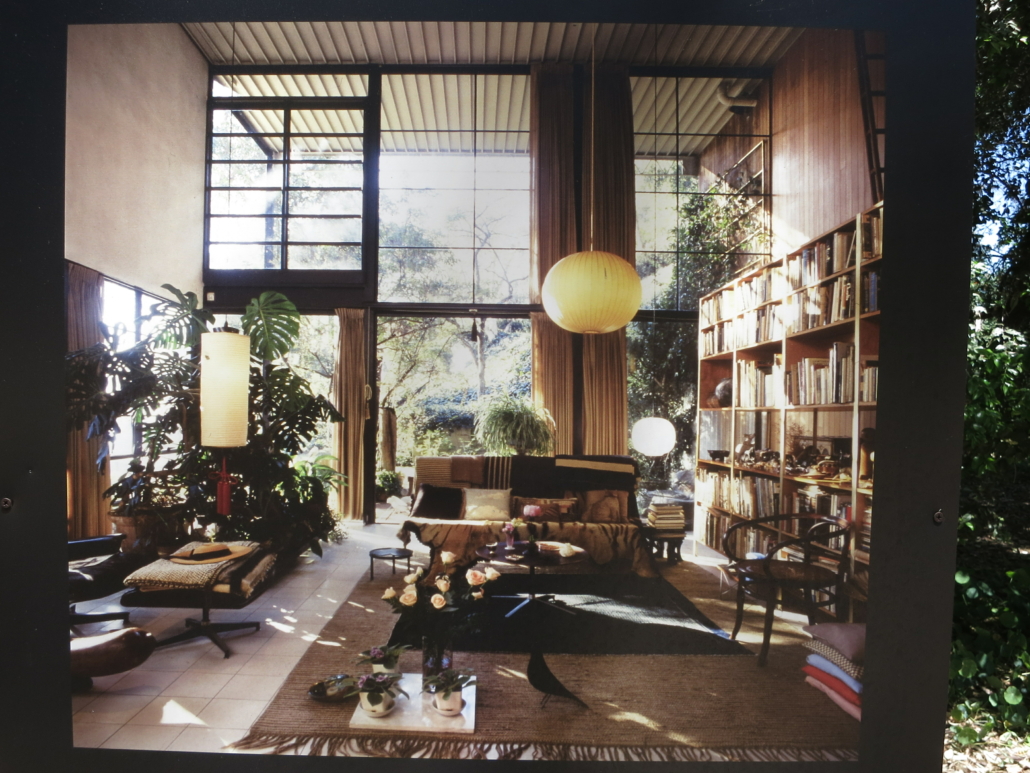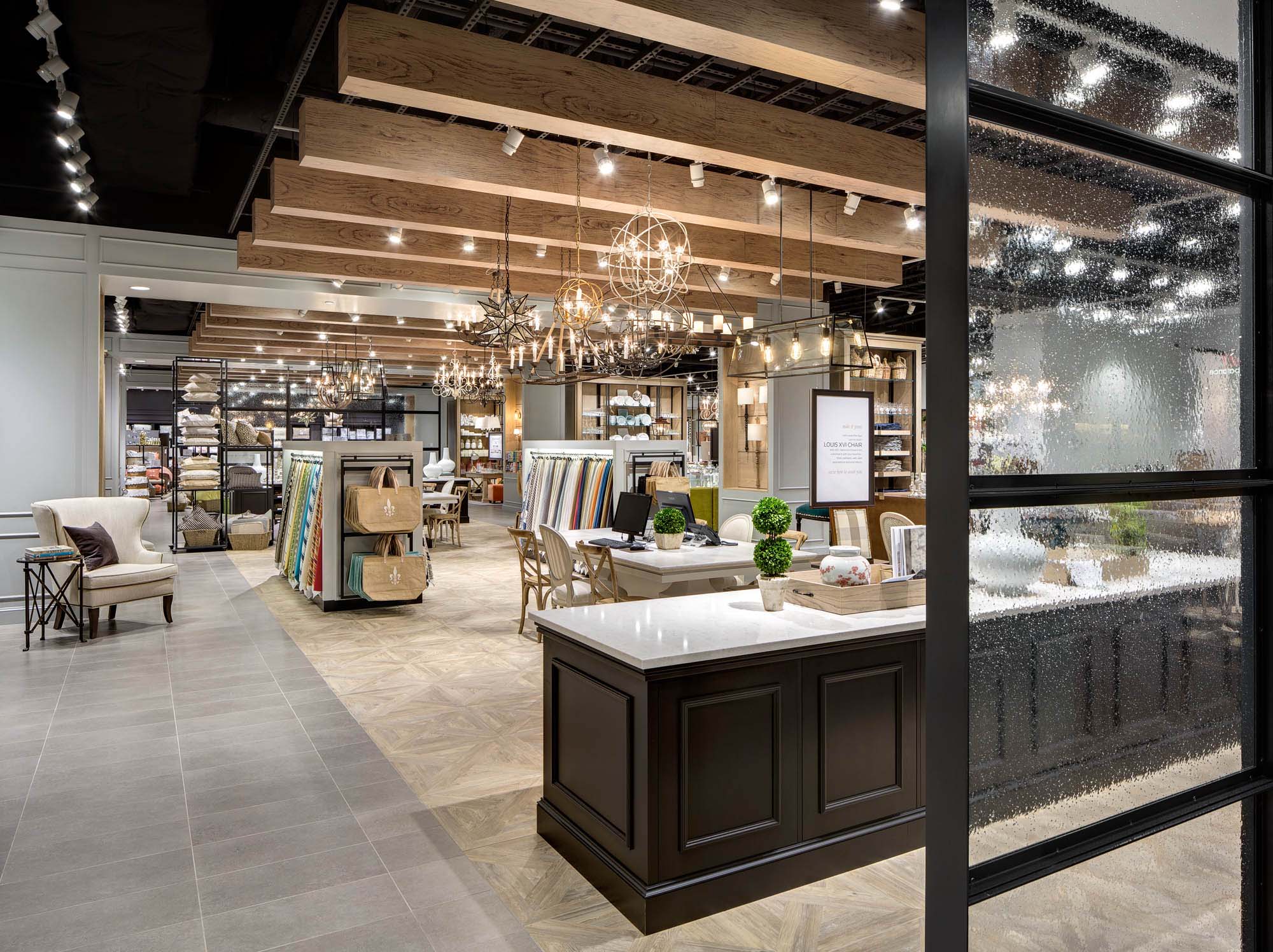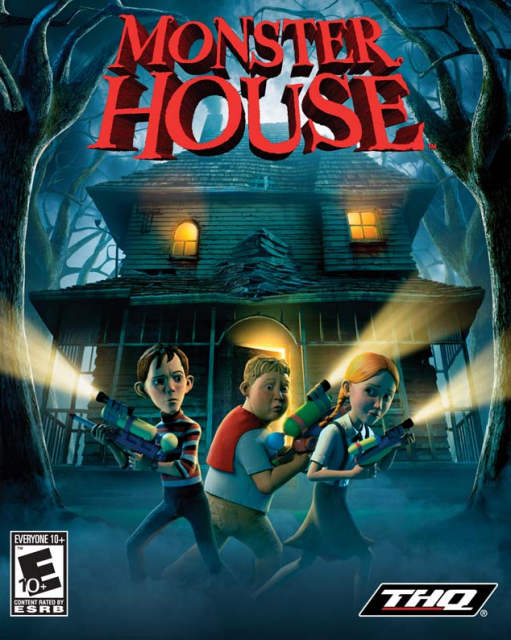Table Of Content

The residence's second story also boasts two bathrooms, multiple hallways filled with aluminum closets, and a wire-embedded skylight. The studio's ground floor features a utility sink, bathroom, dark room for processing photographs, and a large open space with double-volume height. The upper floor was primarily used as storage, but occasionally became guest quarters. The 17 foot (5.1 m) tall facade is broken down into a rigidly geometric composition of brightly colored and neutral-colored panels between thin steel columns and braces, painted "a warm grey". Planted in the 1880s by Abbot Kinney,[2] an existing row of eucalyptus trees was preserved along the exposed wall of the house, providing some shading and a visual contrast with the house's bold facade. The new design tucked the house sidelong into the slope, with an 8 foot (2.4 m) tall by 200 foot (60 m) long concrete retaining wall on the uphill side.
Eames Foundation
The Eames was meant to be an updated version of a 19th-century English club chair with the warm, welcoming look of a well-worn baseball mitt. And while the chair wasn't created with a "For Dudes" stamp on it, after almost 70 years of marketing and culture, it's developed a certain reputation. Even though the windows, photography is not permitted, and visitors are asked not to take pictures about 20 feet from the house.
From the Ground Up: Mid Century Modern Design
The design of the house was proposed by Charles and Ray as part of the famous Case Study House program for John Entenza's Arts & Architecture magazine. The houses were documented before, during and after construction for publication in Arts & Architecture. The Eames' proposal for the Case Study House No. 8 reflected their own household and their own needs; a young married couple wanting a place to live, work and entertain in one undemanding setting in harmony with the site.
Materials
Learn more about the Eames Foundation, its 250-year preservation plan for the Eames House, and how to visit this historic landmark. Charles and Ray moved into the Eames House (Case Study House #8) on Christmas Eve in 1949, and lived there for the rest of their lives. The interior, its objects, and its collections remain very much the way they were in Charles and Ray’s lifetimes.
How Many Case Study Houses Still Exist?
The composition of exposed structure is softened by the artful arrangement of pops of color, akin to a Mondrian painting. The play of solid and void filters the sunlight, provides privacy, and creates ever-changing shadows and patterns on the floor. Contrast to the cold steel framing that forms the structure, the interior of the house is warm and comforting with its wood-block floor and the soft light penetrating into each room through each day.

A Virtual Look Into The Eames Case Study House #8 - ArchDaily
A Virtual Look Into The Eames Case Study House #8.
Posted: Fri, 17 Apr 2015 07:00:00 GMT [source]
Both structures are predominantly characterized by their steel frame construction, filled with a variety of colored panels. The colored panels aren’t merely decorative; they are functional elements carefully calibrated to provide shifting patterns of light and shade throughout the day. The impact of light, so finely tuned in the design, showcases influences from Japanese architecture.
It was part of the Case Study House Program, a pioneering initiative launched by the magazine Arts & Architecture in 1945 to explore the potential of modern architecture in post-World War II America. Leading architects of the time were commissioned to design and build low-cost, innovative homes that could be easily replicated for the masses. The Eames House tour is an experience that allows you a glimpse into the life of this prolific duo. Whether you want to better understand mid-century design, enjoy a peak at the working spaces, or just looking for a fun afternoon, this reservation is a must.
The structure was to be constructed entirely from "off-the-shelf" parts available from steel fabricators catalogs. The Eames House, residence of designers Charles and Ray Eames, was built on a three-acre plot of land overlooking the coast in the Pacific Palisades neighborhood of Los Angeles. It was one of the first residences built under the Case Study House Program, a housing project sponsored by Arts and Architecture magazine and its editor, John Entenza.
In 1948, when the material finally arrived, Charles and Ray had fallen in love with the surrounding meadows and reformatted the building using the same material, with the addition of a single steel section. Both provide double-height spaces at the corners and outer ends of both programs. This allows for a composition that breaks the space up rhythmetically, and is read on the exterior of the house with the exterior courtyard serving as a double-height space in between both boxes.

Case Study House 8 offered these spouses and designers space where work, play, life, and nature coexisted. The Eames House, Case Study House 8, was one of roughly two dozen homes built as part of The Case Study House Program. John Entenza, the editor and owner of Arts & Architecture magazine, spearheaded the program in the mid-1940s until its end in the mid-1960s. The exterior of the final house has an air of the industrial and yet is also playful with the contrasting coloured panels. This is house that was designed to be lived in, a family grew up here, it was not a weekend summer house. Husband-and-wife team Charles and Ray Eames were a major design force in midcentury America, leaving a widespread legacy not only in architecture, but also in filmmaking, furniture, graphics, and exhibition and industrial design.
An 8-foot tall by 200-foot long concrete wall helps to anchor the site while also setting a dramatic backdrop for the architecture. Nestled in the Pacific Palisades neighborhood of Los Angeles stands the Eames House, also known as Case Study House No. 8. It is more than just a work of mid-century modern architecture; it’s an enduring testament to the design sensibilities and philosophies of Charles and Ray Eames, the husband-and-wife team who not only designed it but also called it home. Built in 1949, this iconic structure encapsulates the couple’s holistic approach to design and life. Of the twenty-five Case Study Houses built, the Eames house is considered the most successful both as an architectural statement and as a comfortable, functional living space.
















